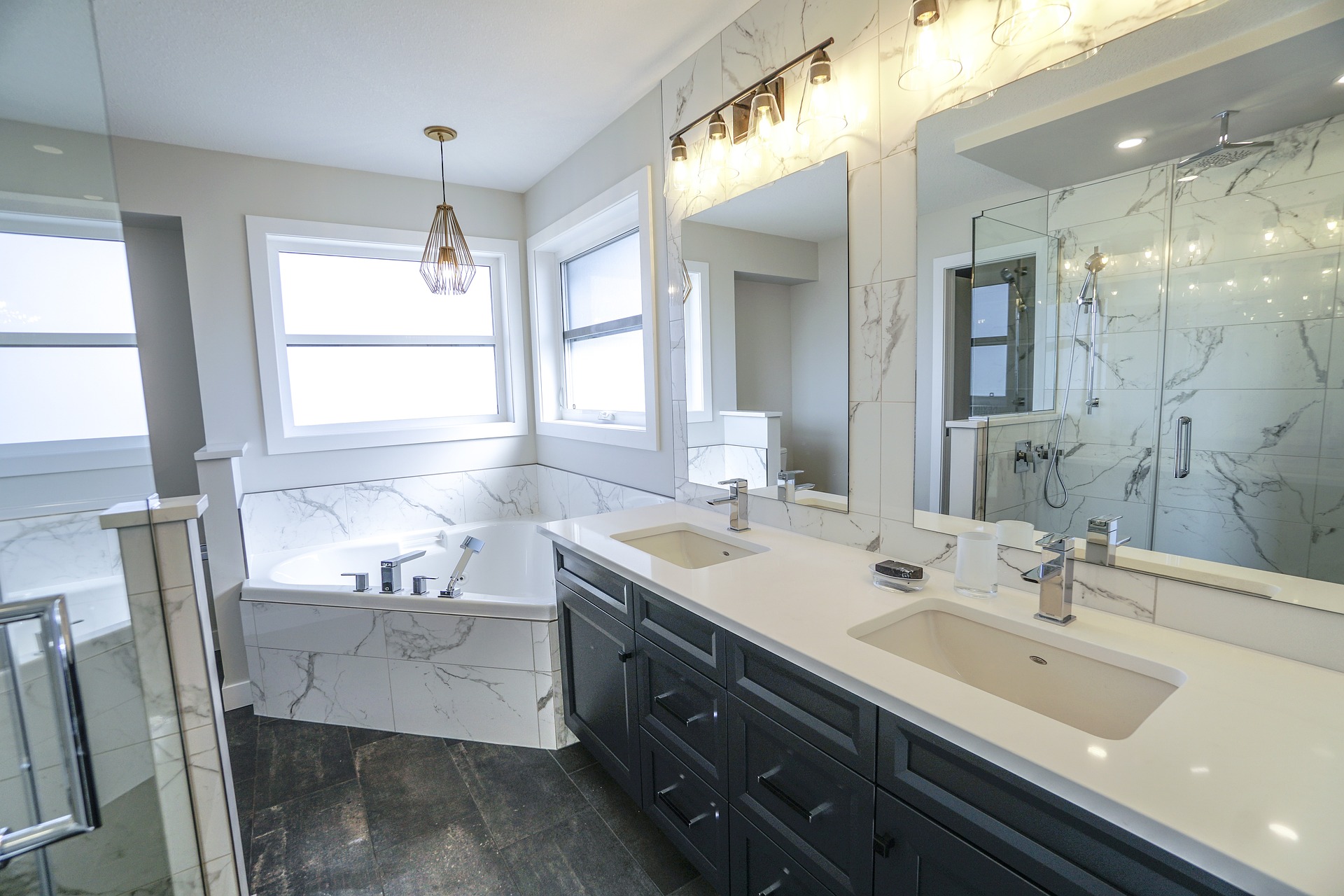Residential Bathroom Remodeling: Key Considerations for Homeowners
Bathroom remodeling can improve both functionality and design, but it requires careful planning. This guide reviews important considerations for homeowners, including layout, material choices, storage solutions, and lighting options that may enhance comfort and long-term use.
What Are the Key Factors to Consider Before Starting a Bathroom Remodel?
Before breaking ground on your bathroom renovation, establishing a realistic budget stands as your most crucial first step. Consider not only the cost of materials and labour but also potential complications such as plumbing relocations or structural modifications. Planning permission may be required for certain alterations, particularly if you’re extending the space or making significant structural changes.
Timeline planning proves equally important, as bathroom renovations typically take between two to four weeks for standard updates. During this period, you’ll need alternative washing facilities, so coordinate with contractors to minimise disruption. Additionally, assess your home’s existing plumbing and electrical systems, as older properties may require upgrades to support modern fixtures and compliance with current building regulations.
Which Material and Fixture Options Work Best for Residential Bathrooms?
Contemporary bathroom materials offer excellent durability and style options to suit various budgets. Porcelain and ceramic tiles remain popular choices for both walls and floors due to their water resistance and easy maintenance. Natural stone materials like marble or granite provide luxury appeal but require more maintenance and proper sealing.
For fixtures, consider water-efficient options that combine functionality with environmental responsibility. Modern toilets with dual-flush systems, mixer taps with flow restrictors, and thermostatic shower valves offer improved performance whilst reducing water consumption. When selecting a bath, materials such as acrylic provide excellent heat retention and durability, whilst cast iron options offer traditional appeal with superior longevity.
How Can Storage and Lighting Improve Bathroom Functionality?
Effective storage solutions transform cramped bathrooms into organised, functional spaces. Built-in vanity units maximise floor space whilst providing essential storage for toiletries and cleaning supplies. Wall-mounted cabinets and floating shelves utilise vertical space without overwhelming smaller rooms. Consider incorporating recessed storage niches in shower areas for convenient access to bathing essentials.
Lighting design significantly impacts both functionality and ambience. Layer different light sources to accommodate various activities: bright task lighting around mirrors for grooming, ambient lighting for relaxation, and accent lighting to highlight design features. LED options provide energy efficiency and longevity whilst offering various colour temperatures to suit different moods and times of day.
Understanding typical costs helps homeowners budget effectively for their bathroom renovation projects. Standard bathroom refurbishments in the UK range from £3,000 for basic updates to £15,000 or more for premium renovations. These estimates include materials, labour, and essential services but may vary based on location, complexity, and quality of finishes selected.
| Renovation Scope | Typical Cost Range | Duration |
|---|---|---|
| Basic refresh (paint, fixtures) | £3,000 - £6,000 | 1-2 weeks |
| Mid-range renovation | £6,000 - £12,000 | 2-3 weeks |
| Premium transformation | £12,000 - £25,000+ | 3-6 weeks |
Prices, rates, or cost estimates mentioned in this article are based on the latest available information but may change over time. Independent research is advised before making financial decisions.
Planning Your Renovation Timeline
Successful bathroom renovations follow a logical sequence to minimise disruption and ensure quality results. Begin with design finalisation and material ordering, allowing extra time for custom or specialty items. Structural work, including any wall modifications or floor preparation, comes first, followed by electrical and plumbing installations.
Waterproofing represents a critical phase that cannot be rushed, as proper curing time prevents future moisture problems. Tiling and major fixture installation follow, with final touches including paint, accessories, and trim work completing the transformation. Professional contractors typically coordinate these phases efficiently, but understanding the process helps homeowners prepare for each stage.
Choosing Professional Services in Your Area
Selecting qualified professionals ensures your renovation meets building standards and delivers lasting results. Research local contractors with specific bathroom renovation experience, checking references and viewing previous work when possible. Verify that chosen professionals hold appropriate insurance and certifications for plumbing and electrical work.
Obtain detailed written quotes from multiple contractors, ensuring specifications match your requirements exactly. Quality installations may cost more initially but provide better value through superior durability and compliance with warranty requirements. Local building control approval may be necessary for certain modifications, and experienced contractors can guide you through this process.
A well-planned bathroom renovation transforms one of your home’s most important spaces whilst adding significant property value. By carefully considering materials, layout, storage, and lighting options alongside realistic budgeting and timeline planning, homeowners can achieve beautiful, functional results that enhance daily life for years to come. Remember that quality installations by experienced professionals provide the foundation for successful renovations that stand the test of time.





